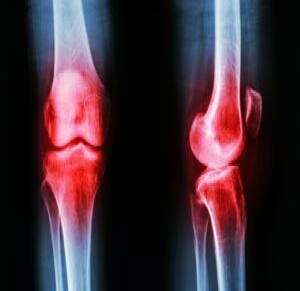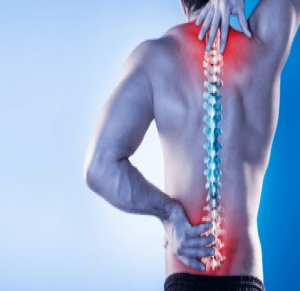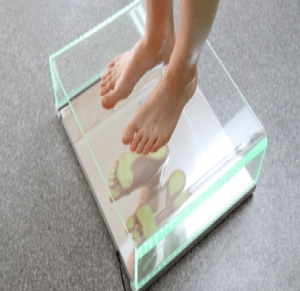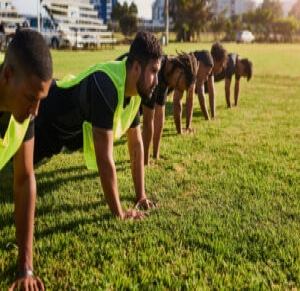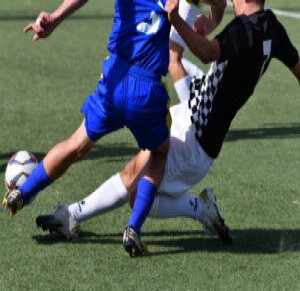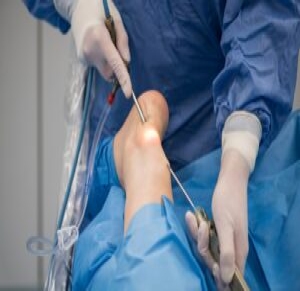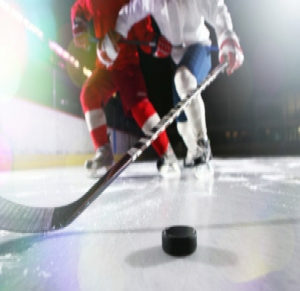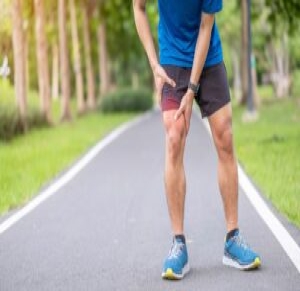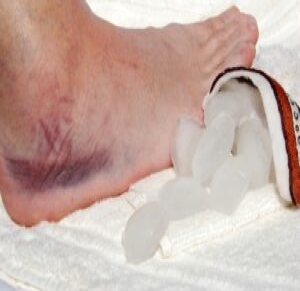Reduce Pain and Inflammation By Eating Well
For people who have arthritis, the constant pain and stiffness can sometimes lead the body to be in a state of stress or what we refer to as “inflammation.” In such cases, different types of food may upset the inflammation. Therefore, taking medication can often help as can restricting (or eliminating) different types of food.

